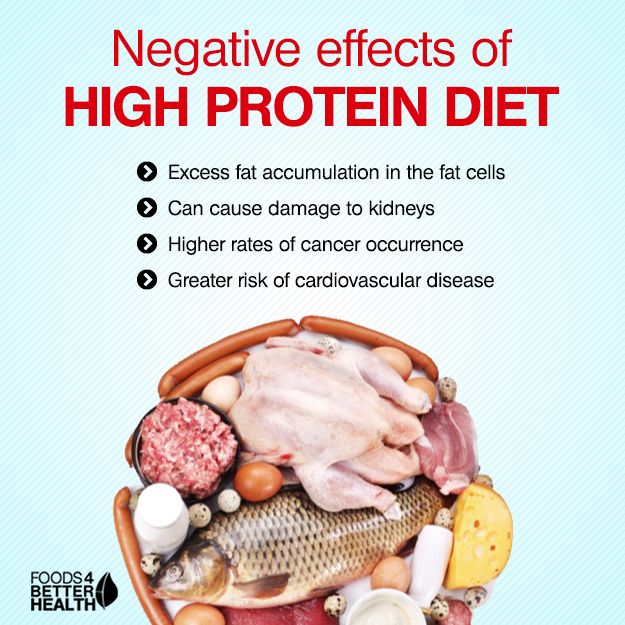
The number of calories that are burned when lifting weights is a key factor in building muscle and consuming more calories. Lifting weights is more effective than other types of exercise. However, the benefits are greater. You'll gain more muscle which will increase your resting metabolic rate. Here's how you can calculate how many calories you'll burn lifting heavyweights for high reps.
Lifting weights helps to burn calories more effectively
Your weightlifting sessions will be more successful if you lift heavier weights. To burn calories, you must put in enough effort. You cannot use the same number of muscles in one exercise. Also, you should use a weight that will allow you to do 15-30 reps. You'll burn more calories the more muscle you have. Squats can be done on all the body, while leg extension targets the quads.

Weightlifting burns more calories than aerobic exercises, but it's common knowledge. The equivalent of slow dancing or bowling, lifting weights for half an hours will burn 122 calories. This is absurd. An hour of vigorous lifting can burn approximately two hundred twenty-three calories.
Calculating the number of calories burned by lifting heavy weights
Heavy lifting can burn a lot of calories. This varies depending on how heavy you are and how long your exercise. The American Council on Exercise lists several factors which can affect the amount of calories burned during this type of exercise. They include the intensity of your workout and your body mass, fat, and age. Apps, smartwatches, or exercise devices that can measure calories burned when lifting heavy weights aren't always accurate.
In order to use a calculator, enter your body weight, MET value, and duration to get an estimate of how many calories you'll burn. The result is that a person of 175 pounds would burn around 210,000 calories every hour lifting heavyweights. This figure will be calculated based on the intensity factor. The intensity factor is 3.5 in light lifting and five in heavy lifting. After you have calculated how many calories you will burn lifting heavy weights, you can start to measure your progress.
Lifting reps high can help increase your calories.
There is a continuum that exists between the effects resistance training has on calorie burning and the weight of the exercise. Intensive workouts burn more calories that lower-intensity ones, while low rep exercises burn fewer calories. The results of strength training with moderate weights at high repetitions have a similar calorie-burning effect. The results of the study did not show the same results for each group.

It is important to choose the right weight for lifting. The goal is to lift enough weight to create an intense afterburn that will result in more calories being burned throughout the exercise. Additionally to burning calories, heavy lifting will also help build metabolically active muscle tissue. However, the decision to lift heavy weights depends on your goals. Generally, heavy weights are recommended for those who want to build strength, while light weights are more suitable for people who simply want to lose fat. Regular exercise will maximize both types of training.
FAQ
What can I drink during intermittent fasting in the morning?
Get water in the morning. This helps you feel fuller quicker and gives you energy for the rest of your day. If you want to add flavor, try adding lemon juice or cucumber slices.
How often do people fast regularly?
A majority of ketogenic dieters fast one week. But, some people fast twice per week. Others fast three times a week.
Every fast is different. Some people fast 24 hours, while others fast 48 hours.
Some people may even stay awake for 72 hours. However, these extreme cases are rare.
How can busy people lose their weight?
The best way to lose weight is by eating less and exercising more.
If you eat too much food, you'll gain weight. You'll gain weight if you don't exercise enough. Combining these two simple habits will help you lose weight.
How to make an exercise plan?
Create a routine. You must know what you will do each and every day, as well as how long it will take. This helps you plan ahead, and it will also help you avoid procrastination.
A second important thing to do is ensure you have lots of variety when it comes to your exercise routine. Avoid becoming bored with exercise. If you do, it will be difficult to keep going.
You also need to keep track of your progress. It's crucial to track your weight changes over time.
If you lose weight and then gain more weight, it is easy to lose your motivation. On the other hand, if you gain too much weight, it becomes harder to stay motivated.
Try to strike a balance in your weight loss and weight gain. If you are unhappy with your current situation, you will be less inclined to exercise.
Are there any side effects of intermittent fasting?
Intermittent fasting has no known side effects. You might have minor problems if your plan is not well thought out.
If you skip breakfast, for example, you may feel constantly irritable. You might also experience headaches, dizziness, fatigue, and muscle cramps.
These symptoms usually disappear within a few days.
Statistics
- According to a study sponsored by the American Council on Exercise, a person weighing around 140 pounds (64 kg) would burn 108 calories at a 30-minute beginner's Pilates class or 168 calories at an advanced class of the same duration (26). (healthline.com)
- Among women, the increase in metabolic rate was nearly 4%, or 50 more calories per day (14Trusted Source (healthline.com)
- Another study found that 24 weeks of weight training led to a 9% increase in metabolic rate among men, which equated to burning approximately 140 more calories per day. (healthline.com)
- One study in 9 active men found that HIIT burned 25–30% more calories per minute than other types of exercises, including weight training, cycling, and running on a treadmill (18Trusted Source (healthline.com)
External Links
How To
How to Intermittent Fasting
Intermittent fasting, a type of dieting that allows you to only eat one time per week, generally Monday through Friday. This is a way to cut down on calories while still getting enough nutrition. It is believed that this will help you burn fat quicker than if the meals are regular for the whole week.
The most common type of IF is to restrict calories on specific days of the week. This would mean that you skip breakfast each morning, and then eat whatever food you like throughout the day. It is possible to choose to have three smaller meals each day, rather than two large.
There are many types of intermittent fasting. Each type of intermittent fasting has its pros and cons. Alternate day fasting is the easiest way to start out because you don't have to make any major changes to your lifestyle. But, there are some people who find it hard to follow such a strict schedule. These people might prefer to try different methods.
If you want to try intermittent fasting, I suggest starting with alternate-day fasting. This will allow your lifestyle to be gradually altered while you transition into more extreme fasting.